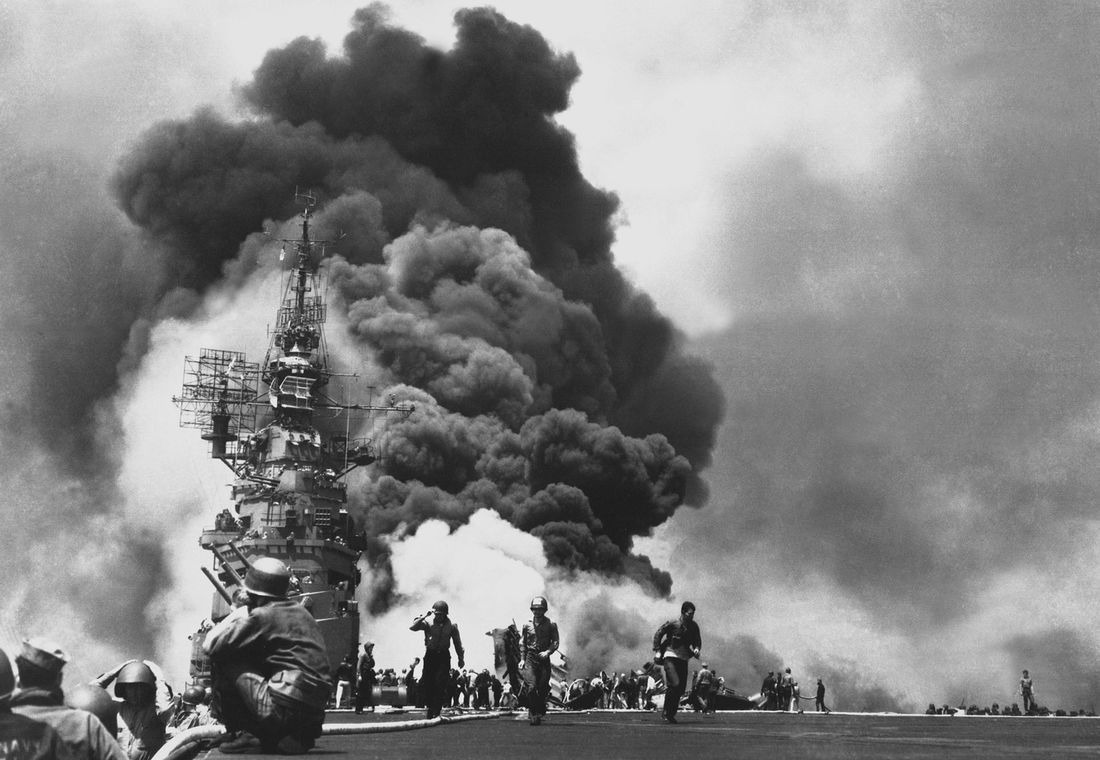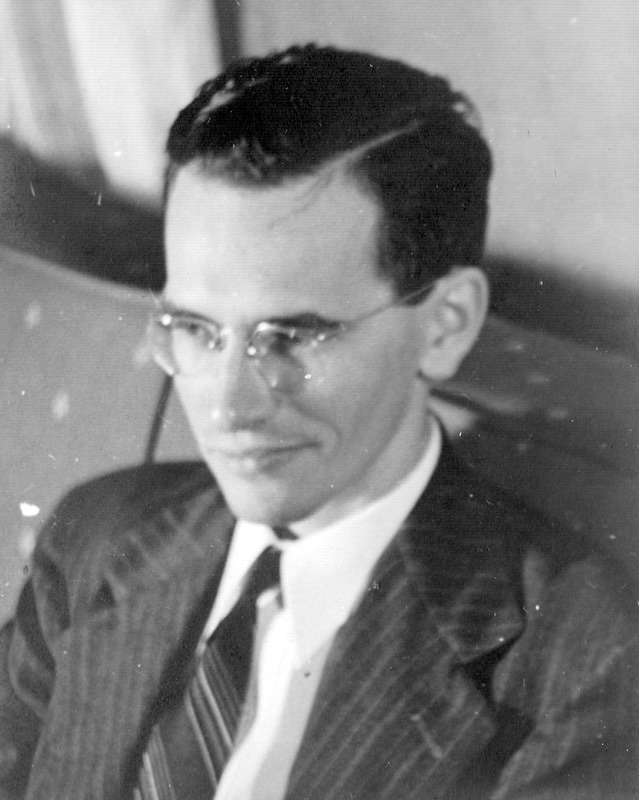Or in Japanese, “kamikaze.”
In the waning days of World War II, when Japan’s defeat was all but inevitable but surrender was unacceptable, Emperor Hirohito “asked” Japanese pilots to become kamikazes, divine winds once again defending the homeland by deliberately crashing into Allied warships. Preference for death over defeat or capture was deeply embedded in the Japanese military culture, as was the tradition of absolute loyalty to the Emperor, the gods' representative on earth. The number of volunteers exceeded available aircraft, and extra men were sometimes sent to accompany the official pilot, perhaps to provide moral support.
Some kamikaze aircraft were fashioned from existing planes, others were purpose-built - most notoriously the MXY-7 "Ohka", which was actually designed to kill its pilot. (Although the Americans sometimes dismissed these pilot-guided missiles as “baka” bombs - a Japanese pejorative roughly meaning “stupid” - it would probably be more accurate to describe them as the original “smart bombs.”) The first kamikaze mission struck in late October of 1944. In the end, nearly 4,000 kamikaze pilots died and more than 300 managed to hit a ship. Reportedly, more than 70 US vessels - aircraft carriers were a favored target - were sunk or damaged beyond repair.
Urgent appeals were made to the radar laboratories of the Army, the Navy, Bell Laboratories, and MIT to find a way to eliminate the blind spot. At the time, my father was head of the Special Developments Group, which had produced many radar improvements including the Army's first operational moving target radar. Based on his earlier work on the Army radar series, the SCR 270/271, which had successfully detected Japanese planes approaching Pearl Harbor in 1941 (information that was unfortunately discounted by the commanding officer on duty), he was assigned to lead a team of experts in responding to the call for improved detection of moving targets low on the horizon by filtering out background clutter.
To accomplish this goal, within the context of very limited time and budget, the team made major modifications to the SCR-270 to stabilize emissions and improve detection of small frequency shifts (Doppler modulation effects). The large return signals produced by stationary objects (i.e., background clutter) were then processed using small time constants, resulting in rapid decay on the radar screen, while the smaller Doppler-modulation signals were processed using longer time constants to obtain greater persistence of the moving target on the screen, producing a distinctive "writhing" pattern that could be readily perceived by the human eye.
These modifications were carried out onsite by available government personnel - no time to job it out! - and then field-tested both in a mountainous region near Ellenville, NY and on Navy landing craft. The updated equipment performed beautifully. Gone was the blind spot; kamikaze pilots could no longer fly under the radar.
Less than a year later, on August 6, 1945, the US dropped an atomic bomb on the Japanese city of Hiroshima; on August 9, another was dropped on Nagasaki. The calculus that went into this decision - the number of Allied lives presumably saved by ending the War sooner rather than later, and whether the same goal might have been achieved without targeting large civilian populations - will undoubtedly be debated as long as it is remembered. In any event, the Japanese surrender was announced less than a week later, and the official documents were signed on September 2, 1945. For many historians, however, the verdict remains that although the A-bomb may have ended the War, it was radar that won the War.
My father later wrote that this "earlier work on moving target detection had prepared us well for [Project Diana]." And indeed, the approach he and his team brought to the task of making kamikaze flights visible - work rapidly and intensively, use and modify materials already on hand, and then test, test, test - foreshadowed his approach to bouncing radar waves off a very large target moving through space and, in little, to household repairs, where clever jury-rigging was elevated to a fine art.



 RSS Feed
RSS Feed